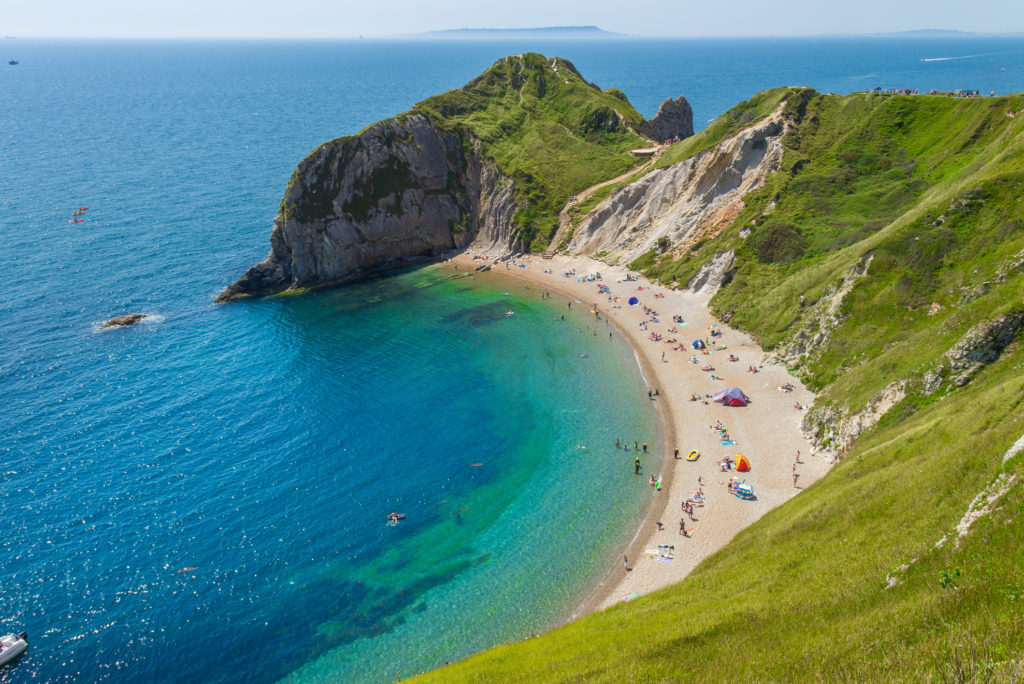
What is the Act?
The ‘Coastal Access’ element of the Act places duties on both Natural England and the Secretary of State to establish a long-distance route around the whole of the English Coast for members of the public to access – otherwise known as the ‘coastal access duty’.
What is the ‘coastal access duty’?
The Secretary of State and Natural England must ensure the creation of a route around the whole of the English coast. This should consist of one or more long-distance routes along which the public are enabled to make recreational journeys on foot or by ferry. The route is to pass over land which is accessible to the public (except to the extent that it is completed by ferry). In association with the English coastal route, a margin of land along the length of the English coast is also to be accessible to the public for the purposes of its enjoyment by them in conjunction with that route. Some land will be ‘excepted’, there is more detail on this below.
What is Natural England doing with regard to the ‘coastal access duty’?
Natural England is tasked with determining where the route should be. In doing so, they are providing reports to the Secretary of State setting out the path of the route including establishing the coastal margin. Natural England (and the Secretary of State) must aim to strike a fair balance between the interests of the public in having rights of access over land and the interests of any person with a relevant interest in the land. They must also take into account the safety and convenience of the coastal route, whilst keeping in mind the desirability of making sure the route provides sea views and making sure interruptions are kept to a minimum. Some routes have already been established (e.g. Dorset) and NE are currently consulting on the route in Cornwall and Devon.
What does this mean for landowners by the English coast?
The England Coast Path may cross over some landowner’s private land. Natural England must take reasonable steps to consult persons with a relevant interest in affected land. If this applies to you as a landowner, you should discuss your position with Natural England during the consultation period for your area. Landowners may make objections in response to a report produced by Natural England.
The current progress of the English coastal path stretch can be found on the Government website.
Whilst coastal access will not take away ownership of the land, landowners should be aware that the public could carry out activities permitted by law on footpaths, bridleways and other public rights of way should your land be determined as part of the England Coast Path or part of the coastal margin.
‘Roll back’ of England Coast Path
In respect of the England Coast Path, it will be possible to ‘roll back’ the line of the path should land be affected by coastal change such as erosion. In order to respond to these natural coastal changes quickly, the route could be moved without needing further approval from the Secretary of State. In comparison, should a standard footpath physically disappear through erosion, the public right of way will cease to exist as the route has been destroyed. Landowners of land adjacent to the existing coastal path will need to be aware of this change.
What is the ‘coastal margin’?
Natural England has some discretion to determine the coastal margin, however this will automatically include the land on the seaward side of the England Coast Path. Natural England may also extend the coastal margin inland from the Coast Path in certain circumstances. Some land types falling landward of the trail may also automatically become part of the costal margin too, for example foreshore, dune and any cliff or bank.
Excepted Land
Some Land will become Coastal Margin, but will be ‘Excepted Land’. This means that the land will be shown on maps as Coastal Margin, but there will be no rights over that Excepted Land. Some examples of excepted land include land covered by buildings or the curtilage of such land and land which is, or forms part of, a regulated caravan or camping site. In contrast to ‘Access Land’, land within 20m of a dwelling or within 20m of a building which is used for housing livestock is not Excepted Land and therefore is subject to the rights of access.
Chris Tofts in our marine team, he is a partner and head of planning at Stephens Scown. To discuss the content in this article call 01872 265100 or planning@stephens-scown.co.uk.
